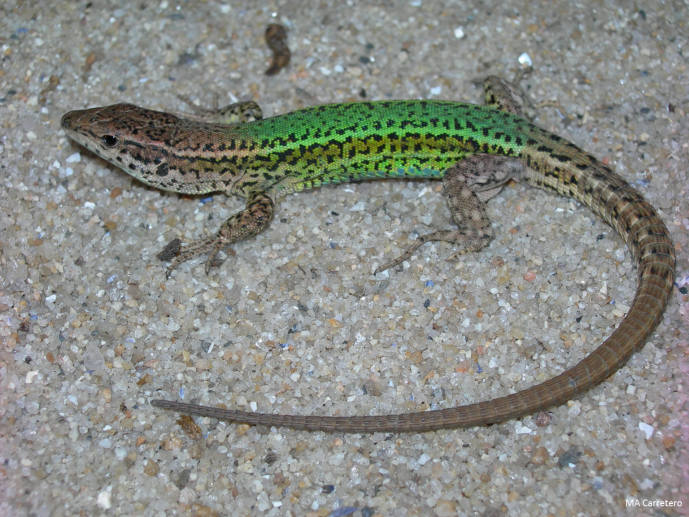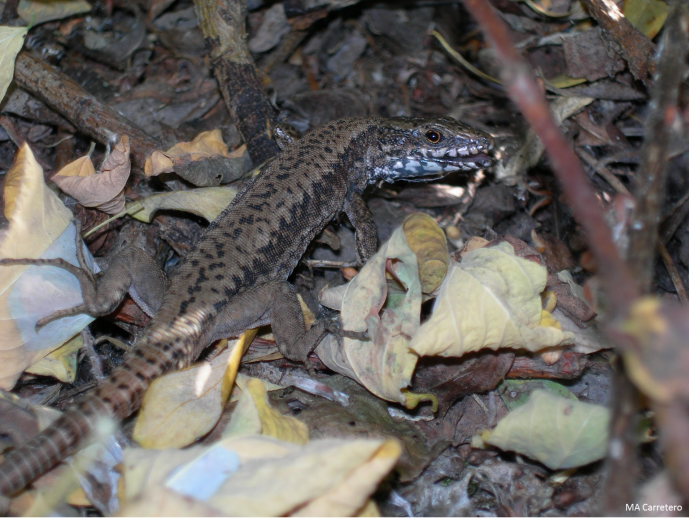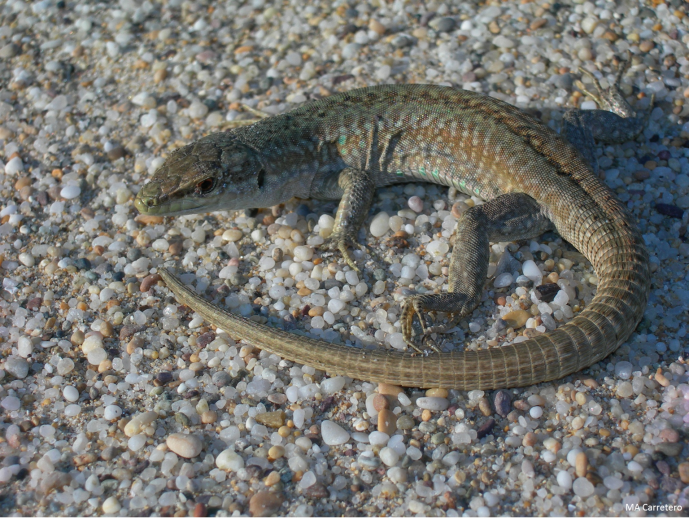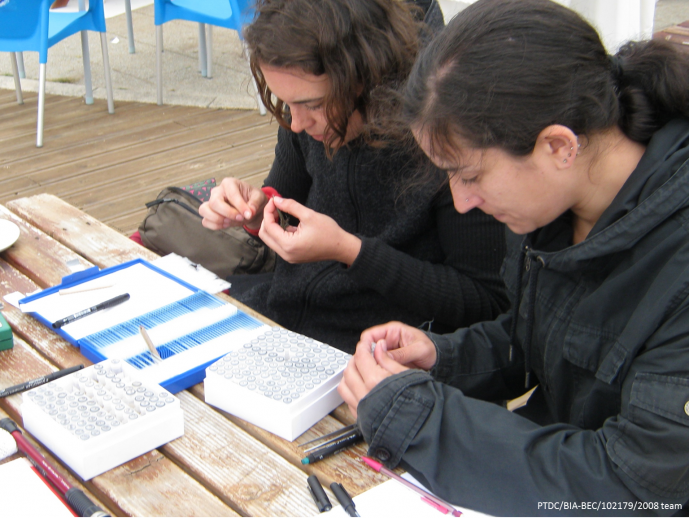Molecular and population genetic signatures of cytonuclear interactions: the Podarcis model
Coevolution is classically defined as "the process of reciprocal evolutionary change between interacting species”. In a broad sense, although originally applicable only to species, this definition can be easily extended to accommodate the evolutionary dynamics of the mitochondrial and nuclear genomes. Indeed, proteins encoded by nuclear (nDNA) and mitochondrial DNA (mtDNA) interact in close contact in the oxidative-phosphorylation (OXPHOS) pathway enzyme complexes which mediate cellular respiration. This functional interaction implies that nuclear- and mtDNA-encoded subunits will be under strong selection to experience coordinated evolutionary trajectories in order to prevent disruption of mitochondrial function, maladaptive thermoregulation or the accumulation of reactive oxygen species which contribute to ageing and disease. Studies on various eukaryotes, including yeast, fruit flies, marine copepods and eels,amongst others,have furthermore disclosed deficient functional interactions when the mtDNA of one species is found in another’s nuclear background, raising the hypothesis that cytonuclear coevolution might play an important role in speciation. Despite the building up of research suggesting coevolution between the two genomes, the specific role that these coevolutionary forces have in shaping genetic diversity in natural populations, including in promoting speciation, is still obscure. We propose use an innovative approach which implies a thorough study of the OXPHOS genes using next-generation sequencing (NGS) technologies. For this purpose, we will use as models Iberian and North African wall lizards (Podarcis), a cryptic species complex in which team members have a long-standing experience. This model system is appropriate for the study of mtDNA-nDNA factor interactions in the OXPHOS system because several instances of mtDNA-nDNA discordance in genealogical and geographical patterns have been detected, either caused by differential lineage sorting and/or gene flow across the species boundary; these discordances provide invaluable opportunities to evaluate whether evolution of nuclear OXPHOS genes is more likely to correlate with mtDNA evolution than any other nuclear gene. In addition,the high number of species and contact zones offer opportunities for replicated analyses that will be crucial for asserting the generality of our results. Based on probes designed from a recently-available transcriptome sequence of Podarcis, we will perform targeted capture and sequencing of the complete coding regions of nDNA and mtDNA OXPHOS genes (~70Kb), as well as of a set of >100 loci selected at random, which will be regarded as a control case. Taking advantage of recently developed multiplexing protocols, we will perform parallel sequencing of several hundreds of individuals, which will allow the investigation of patterns at various levels of population structure.
Our aim is not only to document cytonuclear coevolutionary processes from a molecular point of view but also their consequences on the evolution of natural populations. We will do so on an explicit hypothesis-testing framework: if cytonuclear interactions are important determinants of molecular evolution, we should observe i)coordinated changes in amino acid composition between mtDNA and nDNA-encoded interacting subunits; ii)different patterns of substitution between interacting and non-interacting residues; iii)selective signatures of coadaptation. At the population genetics level, we expect that the set of nuclear OXPHOS genes, when compared to control genes, will present an overrepresentation of loci exhibiting i)high level of phylogenetic concordance with mtDNA; ii) similar selective signals to mtDNA; iii) concordance in cline shape and width with mtDNA when there is admixture; iv) similar overall levels of gene flow to those of mtDNA; v) high levels of cytonuclear disequilibrium in hybrid populations. Confirmation of the latter prediction might assist us in detecting cytonuclear incompatibilities that may contribute to speciation processes in this system. Given the current lack of a clear conceptual framework to interpret multilocus patterns of introgression, we will perform computer simulations to study the behavior of interacting genes in cases of neutral and non-neutral mtDNA introgression. Based on the results we will then be able to use data on the OXPHOS genes to infer about the causes of massive episodes of mtDNA introgression without the corresponding signal in nuclear genes that have been well described in wall lizards.

Catarina Castela dos Santos Rato
Dan Mishmar (Ben Gurion University, Israel), Francois Rousset (Institut des sciences de l’évolution (ISEM) Montpellier, France), Philippe Geniez (Centre d’écologie fonctionnelle et évolutive (CEFE), Montpellier, France), Pierre-Andre Crochet (Centre d’écologie fonctionnelle et évolutive (CEFE), Montpellier, France)








